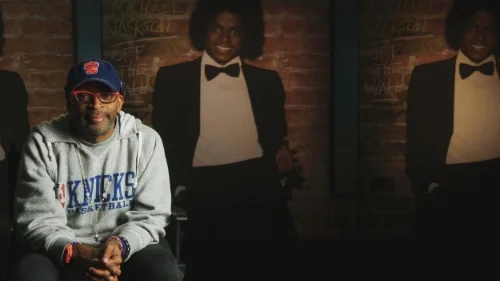Not Hearing, But Listening
My mother cupped the conch shell to my infant ear. ‘Listen, Jimmy. Listen to the sound of the sea.’ And there it was: a summer breeze blowing from afar; waves crashing onto a distant shore; sunshine, sand and sweet repose. A thing of wonder.
Some years later I came across the scientific explanation of this phenomenon. Sadly shells do not mystically retain the resonance of home. Rather their hard, curved inner surfaces amplify ambient noise to create a sound that one fancies to be the ocean.
In a sense the science didn’t really matter. Through my listening with mother, I’d learned an invaluable lesson: that when we listen, we interpret, we imagine. Hearing is passive. It is merely the perception of sound. Listening, by contrast, is an active, conscious choice. It involves processing sound, establishing meaning. Listening is a creative act.
But listening isn’t easy. It requires concentration, focus, effort and attention. It’s a skill to be learned, a craft to be mastered. Listening can be hard work, especially when you’re tired, stressed and have your own predispositions and opinions. And surely it’s harder still in this Age of Distraction.
In business nowadays we’re all told we need to listen more: we need to listen to our Clients, our colleagues, our consumers; we need to listen more in meetings; we’re encouraged to embrace listening initiatives, ‘active listening’.
But how do we become better listeners? How can we learn to listen?
I’m well aware that any number of textbooks, tomes and business books have been written about this topic. But I thought nonetheless I’d offer a few simple observations, from my own experience, on the art of listening at work.
1. Good Listening Begins with Good Questions
Good listeners ask questions rather than give answers. They enjoy the process of interviewing, the craft of conversation. The quest for truth, insight and original thought can be absorbing, challenging, thrilling.
Ask questions that reveal the interviewee’s point of view rather than your own. Ask both the simple questions and the profound; the big and the small; the straightforward and the lateral. Ask the questions people want answered and the questions no one thought to ask.
Because you’ll only get good answers if you ask good questions.
2. It’s Not Just About the Questions. It’s About Your Response to the Answers
It’s often been observed that listening doesn’t come naturally to men. We like to project, profess and proclaim our own opinions rather than submit to the opinions of others. More enlightened males have learned the importance of asking questions, but we often stop there. We confuse asking questions with listening.
Have you ever observed what makes a poor interview in the media? The interviewer poses a series of prepared questions, one after the other. But they’re just processing through a script. There’s no following up of answers, picking up of themes; no pursuing for clarification, connecting of thoughts.
A good listener creates a conversation: a revealing, seamless flow of insights and ideas. It’s not just about the questions you ask; it’s about your response to the answers.
3. Show That You Care
I’ve noticed that in more combative business environments audiences sit poker-faced, projecting an air of scepticism. They are listening, but they’re doing so with passive aggression.
I take the opposite approach. I like to nod in a business meeting. It’s my way of saying: ‘I’m not checking my email or planning my next meeting. I’m here. I’m following you. I’m totally engaged.’
Sometimes I suspect my nodding suggests weakness, compliance, unwitting assent or simple-mindedness. But I don’t really mind. I just like to nod.
4. Distil, Interpret, Project
When I was a child I’d watch a lunchtime politics show with my father. On Weekend World the host Brian Walden had a way of periodically summarising what he’d heard. It demonstrated that he had a grasp of what the politician had been saying, and provided a source of provocation, a springboard for further debate. Sometimes the summaries could be more compelling than the politicians’ own words. They were certainly more concise.
Good interviewers distil and interpret, connect and explore what they’re hearing. They project implications and consequences of what the interviewee is saying. Good listening should create meaning and understanding.
5. Write It Down!
My former boss, Nigel Bogle, spoke in meetings with unrivalled fluency, unparalleled structure. His conversation sparkled with appropriate aphorism and worldly wisdom. And yet I’d occasionally pass his office and see young Strategists sitting comfortably, chatting amiably, enjoying the high-level debate. What a waste! What could they recall beyond a general theme, direction or impression? What can you learn if you don’t write things down?
I like to write what people say. Spoken language contains hidden codes. The choice of words, the particular phrasing, the sentence construction, the logic flow, they all say so much. There are shapes and patterns, themes and narratives. Direct speech always rewards further study.
I’ve written elsewhere that modern Strategists should see themselves more as psychoanalysts than doctors (Not Doctors, But Psychoanalysts). Nowadays in business intuition and emotional intelligence trump command and control; marketing is more about revealing truth than adding value; and brand communication is more about expressing authenticity than creating image. In this context listening is becoming a primary commercial expertise, a differentiating leadership skill.
So don’t just hear. Listen.
No. 85














